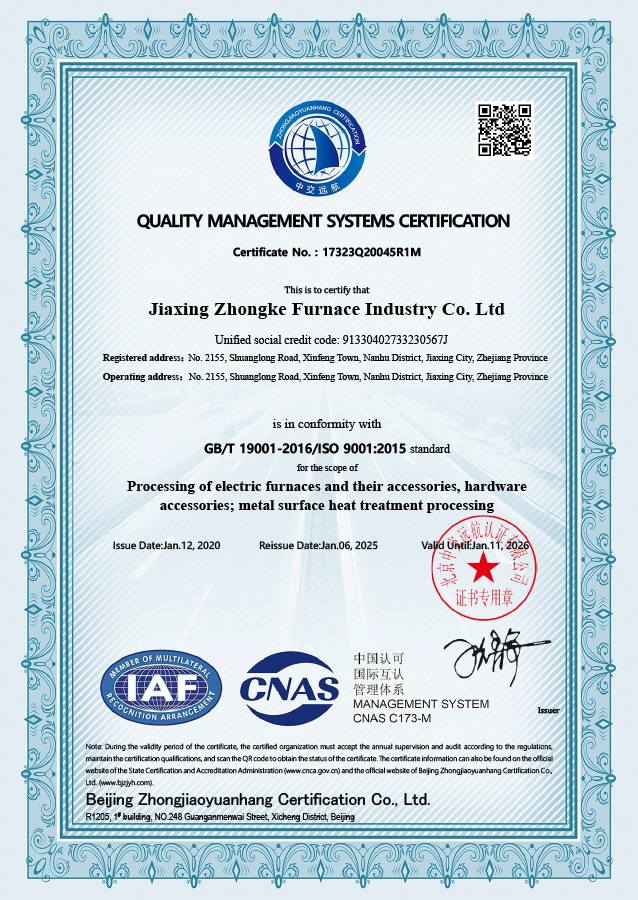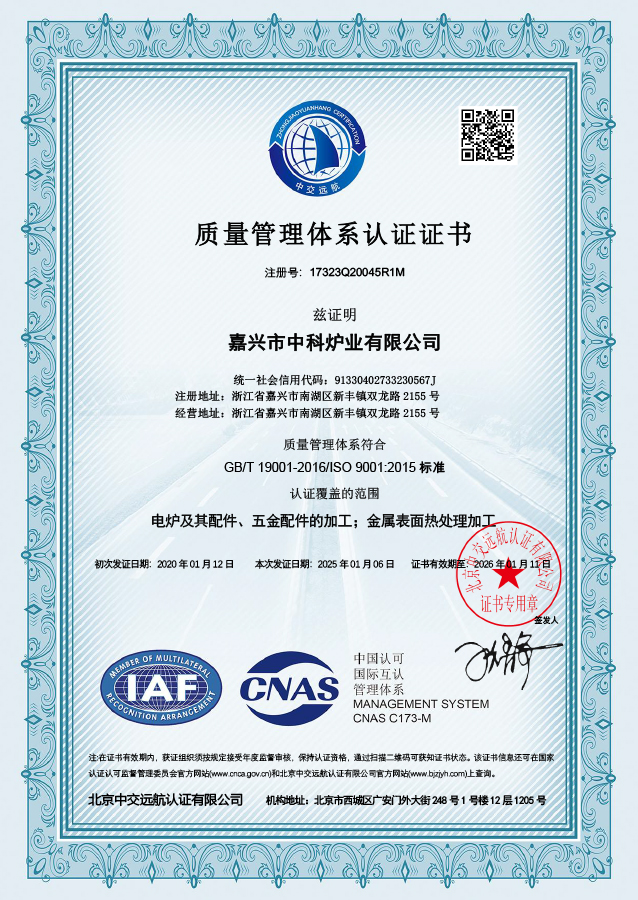Nuts are internal threaded components used in conjunction with externally threaded fasteners such as bolts and screws, achieving connection and fixation through thread engagement.
Key features:
Removable, high-load-bearing capacity, and adjustable
Typical applications:
Steel structure beam-column connections (using high-strength 8.8-grade hex nuts + bolts)
Automotive engine block fixation (flange nuts + thread-locking adhesive), wheel installation (anti-theft nuts)
Circuit board mounting (nylon-insert nuts for insulation), equipment enclosure assembly (cap nuts for dust protection)
Demountable furniture connections (wing nuts), chandelier suspension (eye nuts)
Founded in
Covered area
Manufacturing equipment
Number of employees


What Are Stainless Steel Nuts and How Do They Work? Stainless Steel Nuts are fasteners made from sta...
View MoreWhat Are Self Drilling Screws and How Do They Work? Self Drilling Screws are specially designed scre...
View MoreOverview of Product Design and Function The countersunk head self-drilling screws represent a signif...
View MoreThe Core Functionality and Design Advantages of Flat Tail Self-Tapping Screws Unique Self-Tapping Lo...
View MoreUnderstanding Wood Screws: More Than Just a Fastener Wood screws represent a significant evolution i...
View MoreMaterial and Size Variations Pan head machine screws are offered in a remarkable range of materials ...
View MoreIn modern engineering and industrial fields, the stability of mechanical connections is directly related to the safety and operating efficiency of equipment. As one of the important connection elements, the design and material selection of Stainless Steel Nuts have a vital impact on the load-bearing capacity and durability of mechanical equipment. From the tightening force of the connection parts to corrosion resistance, heat resistance and pressure resistance, every detail of the nut determines the long-term stability and safety of the equipment connection. Therefore, optimizing the design and material of the nut can significantly improve the reliability and service life of the mechanical system.
1. Accurate design: ensure tightening force and stability
The design of the nut directly determines its function and role in the equipment. The dimensions of the nuts and bolts and other connectors must be perfectly matched to achieve the best tightening effect. If the size or thread design of the nut does not match, it will not provide sufficient tightening force during use, resulting in loose connection, which in turn affects the stability and safety of the equipment. Therefore, the precise design of the nut is the basis for ensuring the reliability of the connection.
First of all, the outer dimensions of the nut must perfectly match the specifications of the bolt. The mutual cooperation between the nut and the bolt determines the load-bearing capacity of the connection system. Only when the internal thread of the nut is precisely matched with the external thread of the bolt can a stable fastening structure be formed. If the sizes of the nut and the bolt do not match, even if high-quality materials are used, they cannot effectively perform their due functions, resulting in connection failure or instability.
Secondly, the design of the nut must also take into account the vibration and external force in actual application. To prevent the nut from loosening, many nuts use special designs, such as self-locking nuts and locking nuts, which can automatically increase friction under vibration or external force to prevent the connection parts from loosening. Through these precise designs, the nuts can maximize the stability of the connection system and maintain the fastening effect during long-term use.
2. Durable material: Enhanced bearing capacity and corrosion resistance
The material of the nut directly affects its service life and compressive resistance. Choosing the right material can significantly improve the bearing capacity and durability of the nut in different environments. In high-pressure, high-temperature, and highly corrosive environments, the material of the nut must have extremely high strength and stability to maintain long-term reliability under harsh conditions.
Common nut materials include high-strength steel, stainless steel, alloys, and corrosion-resistant materials. High-strength steel can ensure the stability of nuts under high load conditions and avoid deformation and damage caused by long-term external force. For nuts used in corrosive environments, stainless steel and galvanized materials can effectively resist external corrosion and extend the service life of nuts. At the same time, alloy materials improve the strength and compressive resistance of nuts through special ratios, so that they can withstand greater external forces and higher operating temperatures.
In practical applications, the corrosion resistance and compressive resistance of nuts are particularly important. For example, in special fields such as marine engineering and chemical industry, equipment is exposed to humid or corrosive gases for a long time. If the nut material is not suitable, it is easy to corrode or age, resulting in unstable connection and even equipment failure. Therefore, choosing materials with strong corrosion resistance and heat resistance can ensure the stable performance of nuts in harsh environments, thereby ensuring the long-term operation of mechanical equipment.
3. Precision machining: Improving nut performance and connection quality
The processing technology of nuts is another important factor in improving their performance. The machining accuracy of nuts directly affects the matching degree and tightening effect of threads, which in turn affects the stability and safety of mechanical connections. Precision machining can ensure that the surface of the nut is flat and smooth, and the size of the thread is accurate, thereby improving the tightness and anti-loosening ability with the bolt.
When manufacturing nuts, precision machining is the basis for ensuring their high quality. Through advanced manufacturing processes, the surface of the nut can achieve extremely high flatness and finish, which not only helps to improve the fastening effect, but also effectively reduces friction and wear, and increases the service life of the nut. In addition, the machining accuracy of the thread is also crucial. The cutting of the thread must be accurate and in place to ensure that it fits tightly and seamlessly with the bolt to prevent loosening or jamming caused by inaccurate threads.
The processing technology of the nut also includes surface treatment processes, such as heat treatment and plating treatment, which can not only increase the corrosion resistance of the nut, but also improve its wear resistance and high temperature resistance. High-quality processing technology not only enhances the physical properties of the nut, but also improves the connection quality of the entire mechanical system, ensuring that the equipment maintains a stable working state during long-term operation.